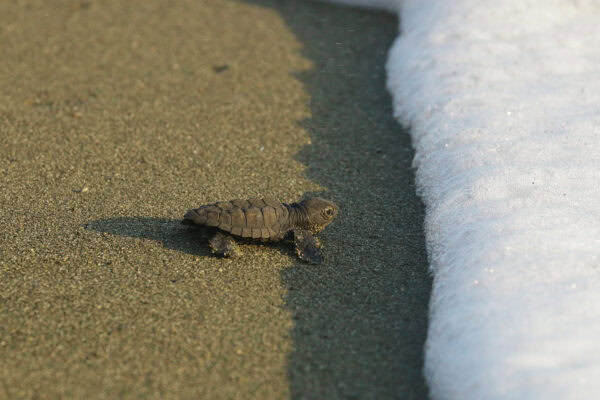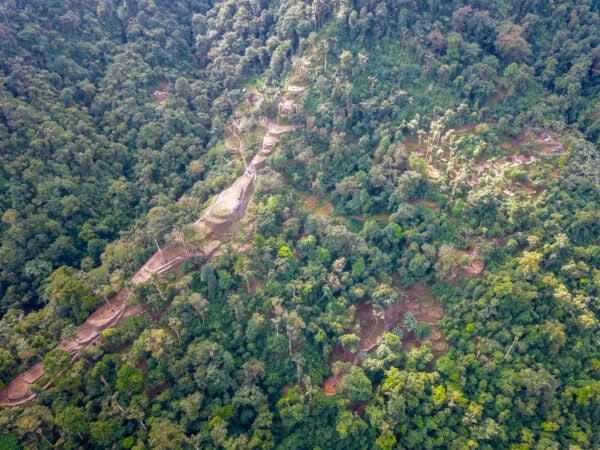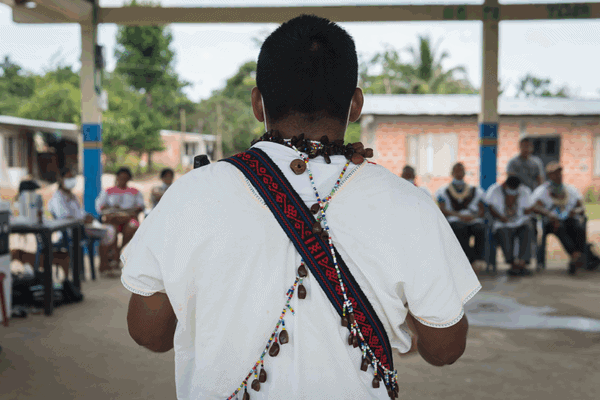Five years ago, two indigenous territories in Colombia were expanded, establishing a protected area mosaic the size of Virginia.
Of strategic importance to conserving the ecosystems of the northwest Amazon in the face of a frontier of deforestation flowing down Colombia’s Caguán River, the expansions of the Puerto Sábalo-Los Monos and Monochoa indigenous reserves formally protect the last large expanse of undesignated land in the region, an area larger that Grand Canyon National Park.
Not only do these two reserve expansions defend against deforestation, but they also have become the linchpin for the creation of the Amazon’s largest conservation corridor, a 27-million-acre protected area mosaic — the size of the Commonwealth of Virginia —connecting the Serranía de Chiribiquete National Park, a UNESCO World Heritage Site and the world’s largest tropical rainforest park, to the Predio Putumayo, the largest indigenous reserve in Colombia.
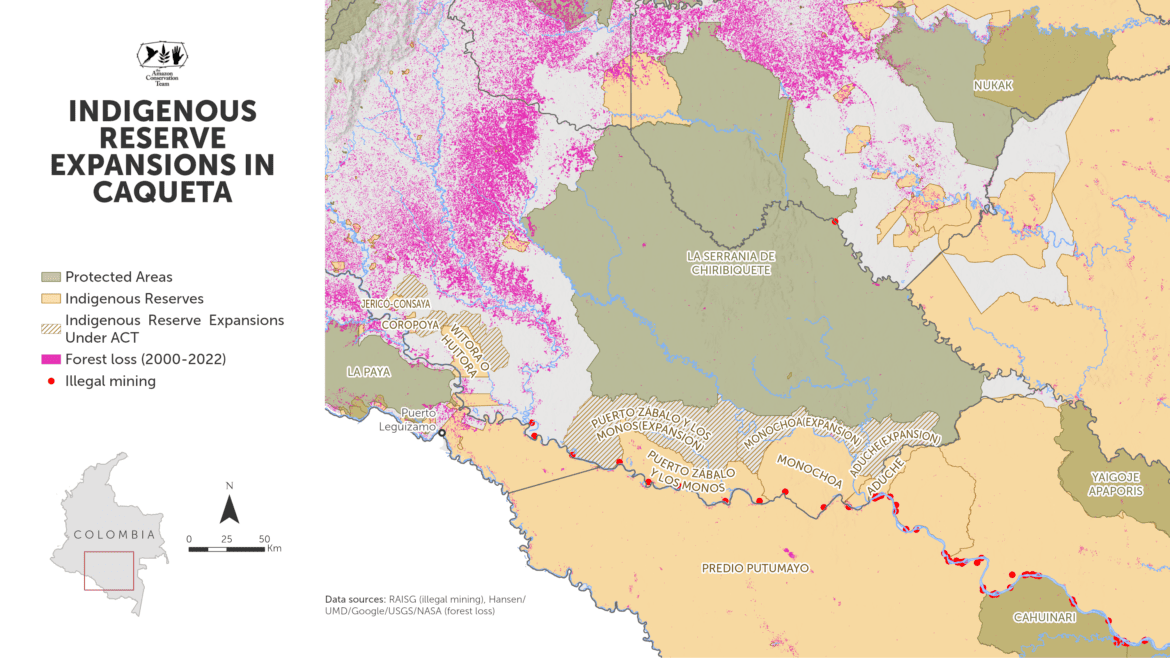
Additionally, the expansion of the reserves strengthens the region’s indigenous people, the Murui Muina (Witoto)–made up of more than 40 clans whose ancestors experienced the horrors of the rubber boom–and protects the rights of isolated indigenous groups whose survival is under threat from the encroaching deforestation. The region is noted for its unusual environmental, social, and cultural richness.
Ignacio Kiriateke, Governor of the community of Puerto Berlín in the Monochoa reserve, states, “With the expansion, we can rescue the wisdom, the knowledge, the medicines and the magic of our ancestors.”
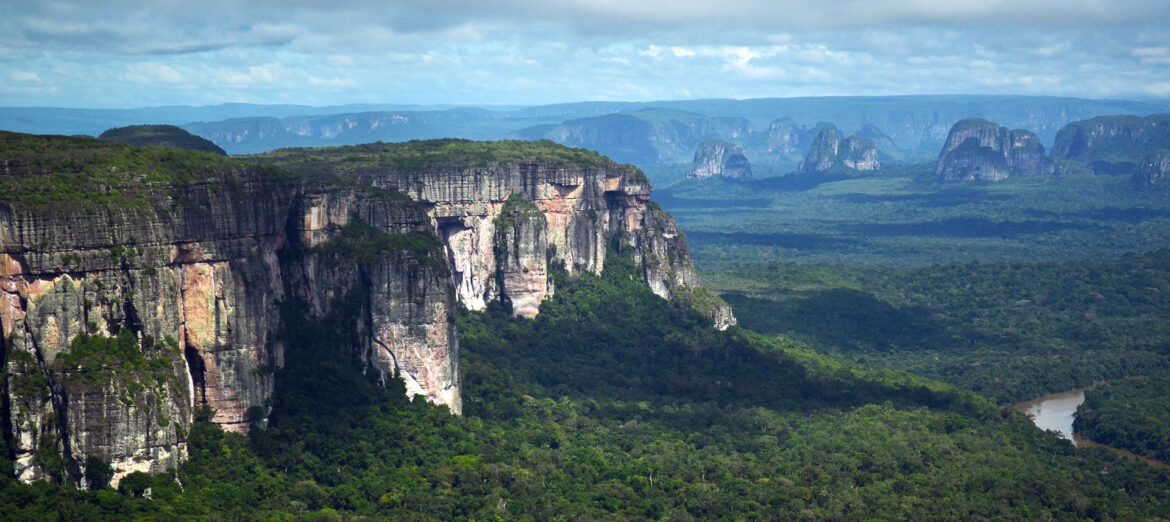
On July 13, 2017, the Board of Directors of Colombia’s National Land Agency (ANT) officially approved the expansions of the Puerto Sábalo-Los Monos and Monochoa indigenous reserves, representing a major conservation victory.
While the expansion process culminated six years ago, the story goes back more than a decade, in the rainforest frontier town of Solano, Caquetá, a small urban center located at the confluence of the Orteguaza and the Caquetá rivers. Although the town’s core population is fewer than 2,000 individuals, it is the second largest locality in Colombia by area and larger than Belgium, with 99% forest cover. It was there that the idea of establishing a protected area mosaic began. A coffee conversation between a Cuemaní traditional healer and members of our team blossomed into a collaboration to realize the dream of expanding the reserves.
More was to come. At the end of 2020, the Andoke de Aduche indigenous reserve was approved for expansion by the ANT, connecting it to the conservation corridor created in 2017. Located to the east of the two previously expanded indigenous reserves, the forests of Andoke de Aduche, lacking any form of land designation, were exceptionally vulnerable to becoming the “tip of the spear” for degradation and eventual deforestation. This area had been claimed by the Andoke indigenous people since the 1980s as an expansion area for their reserve to the south. When the world, and the Amazon in particular, was struggling with the Covid-19 pandemic, and a great many unknowns surrounded the future, this major rainforest conservation success story was a breath of fresh air.
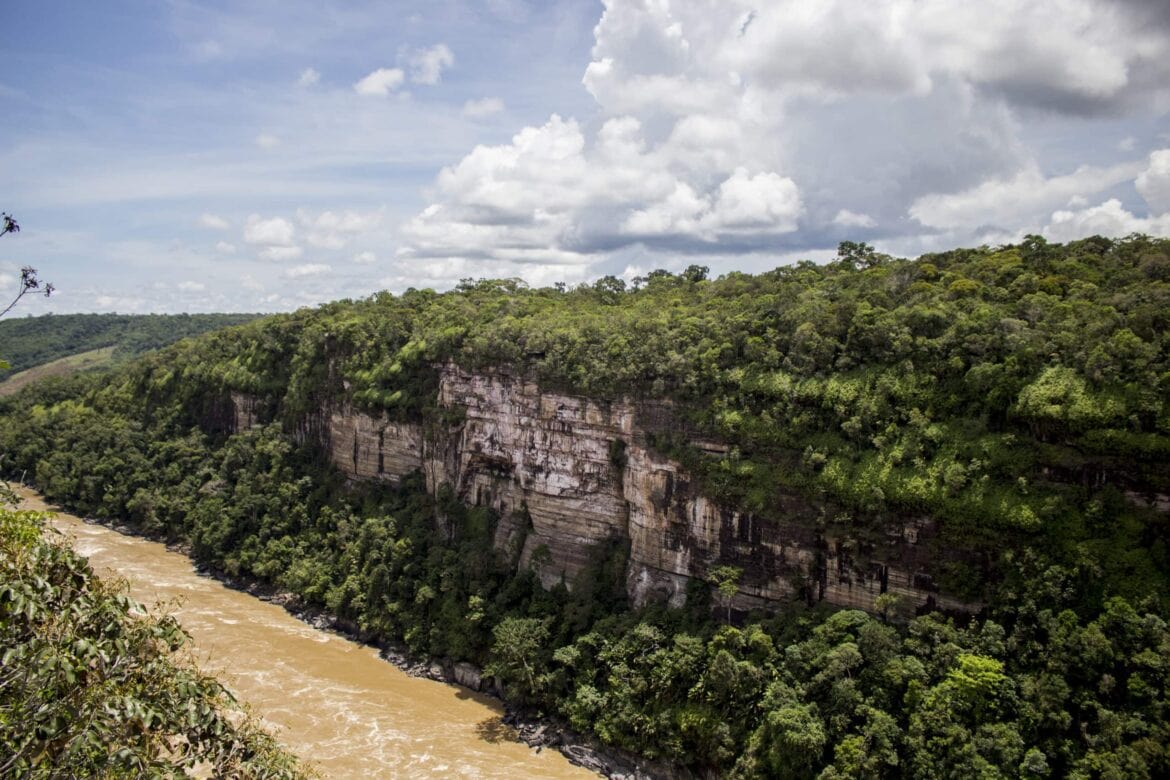
Hernando Fizi Andoque, the cacique (chieftain) of the Andoke de Aduche reserve, explains: “The purpose of the expansion of the territory is to enable us take care of it, to work the land, as our elders did. Just as the creator gave us the territory to live in, work in and care for, we will continue building that same dynamic from this point forward. That is why it is important that we walk the territory, live from it, work from it, and take care of the streams and everything that is there.”
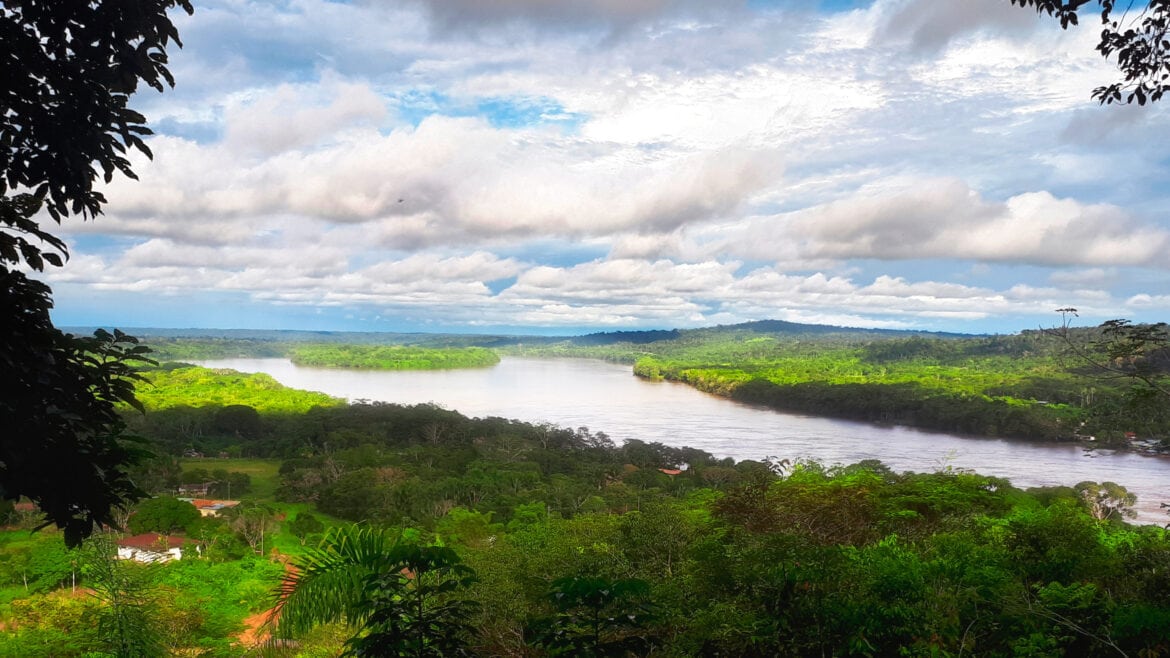
The expansions of the Puerto Sábalo-Los Monos, Monochoa, and Andoke de Aduche reserves signal the increasing importance that Colombia has given to indigenous lands as a strategy for conservation of Amazon, with the extension of the national parks system in the region being less than half of the acreage in the hands of indigenous peoples. Six years since the establishment of largest protected area mosaic in the country, ACT’s work and impact endures in the region, continuously supporting our local partners in strengthening land management practices to restore and fulfill their territorial justice.
We thank the Omidyar Network, the Andes Amazon Fund, the Gordon and Betty Moore Foundation, the Skoll Foundation, Re:wild, and many others who have partnered with us throughout the years. Without them, this work would not have been possible.
Share this post
Bring awareness to our projects and mission by sharing this post with your friends.


